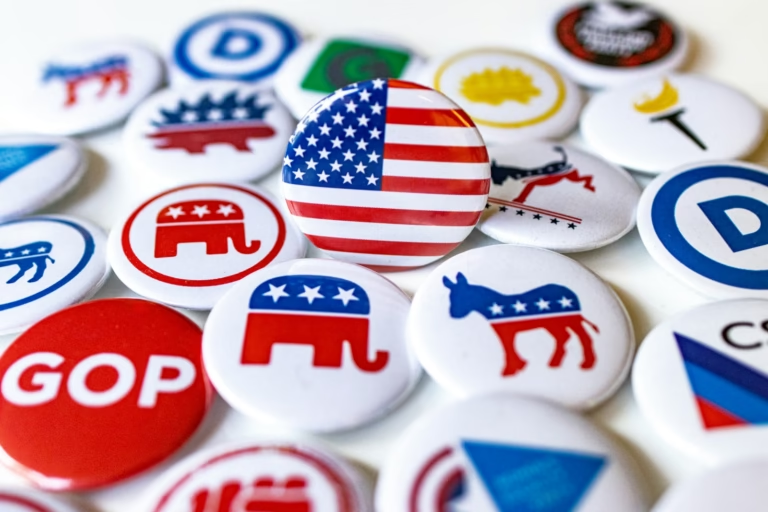Key takeaways
- The Wall Street Journal’s conservative editorial board criticizes Trump’s handling of Epstein documents.
- House Oversight released tens of thousands of pages from Jeffrey Epstein’s files.
- Experts say Republicans will struggle to block further document releases.
- The WSJ editorial argues Trump built up Epstein conspiracies but found nothing.
- Trump calls the saga a hoax while pushing his party to oppose disclosure.
On Wednesday, the House Oversight Committee released a massive batch of Epstein documents. Lawmakers shared over 40,000 pages from Jeffrey Epstein’s case files. Many papers contain notes and memos that could hurt Donald Trump politically. Right away, the Wall Street Journal’s conservative editorial board fired back. They slammed Trump’s response as yet another self-inflicted headache. Even a friendly media outlet questioned why he made the Epstein story worse.
As a candidate, Trump fueled wild theories about Epstein’s ties to the rich and powerful. Yet once in office, his team promised big revelations. Attorney General Pam Bondi and FBI Director Kash Patel teased explosive claims. Then they dropped the bombshell that there was nothing there. Therefore, Trump now faces a credibility gap. He labels the whole matter a hoax while urging Republicans to stand firm. In the process, he looks guilty—even if he has no real secrets.
Trump’s Past Claims and Epstein Conspiracy Theories
During his 2016 campaign, Trump played to those who distrust the government. He hinted that powerful figures might protect Epstein. This tactic won cheers from conspiracy theorists. However, it set high expectations. When Trump took office, his allies promised a blockbuster investigation. And yet, months passed with no proof of a grand cover-up. Instead, readers got leaks and denials. Moreover, the president’s habit of calling everything a hoax undermined his own message. Now, critics say he fanned flames he cannot control.
Why Epstein Documents Turned Into a Political Headache
House Oversight’s release of the Epstein documents gave fresh fuel to opponents. The files include witness statements, legal filings, and correspondence. Some pages mention Trump’s name, leading to new questions. Democrats praise the move for transparency. Meanwhile, Trump’s allies see a threat. Experts note that after such a large drop, blocking more information is tougher. Once the public tastes this level of detail, it may demand even more. Consequently, the GOP faces growing pressure to open the vault.
The WSJ Editorial’s Main Points
In its scathing editorial, the Wall Street Journal called these developments the “Jeffrey Epstein follies.” The board argued that Trump once drove conspiracy chatter. Then, his justice team offered nothing. Now, he labels critics as liars and seeks to stop a discharge petition in Congress. The editorial criticizes his pattern of overpromising and underdelivering. It warns that the president’s combative style only deepens public doubt. Essentially, the board urges Trump to own his missteps or risk further damage.
What Comes Next in the Epstein Documents Saga
First, Congress may vote on a petition to force more documents to the public. Trump is likely to lobby against it. Yet with public interest so high, many members might defy him. Second, legal teams will comb through the released pages for new leads. Journalists and activists will search for any smoking gun. Third, Trump’s team must choose a strategy: keep fighting or show some cooperation. If they dig in, the story may drag on past the next election cycle. Either way, Epstein documents will dominate headlines for weeks.
FAQs
What are the Epstein documents?
They are case files from Jeffrey Epstein’s investigations. They include witness accounts, emails, and court records.
Why did the House Oversight Committee release these documents?
Lawmakers aim for full transparency and want answers about Epstein’s network and any official cover-ups.
How did Trump respond to the Epstein documents release?
He called the release a hoax, criticized the media, and urged Republicans to block further disclosures.
Will more Epstein documents be released?
Possibly. Congress may vote on a petition to force additional files into the public record.










